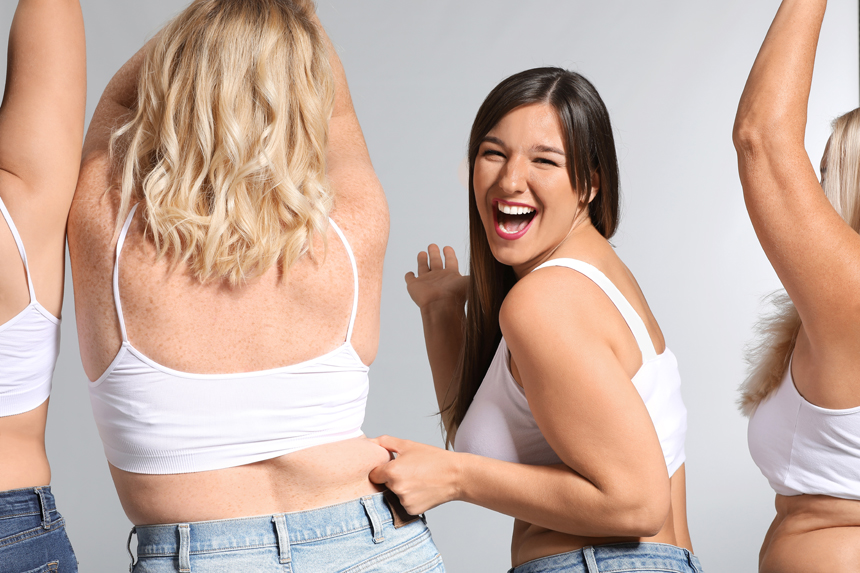Senior managing editor and logophile Andy Hollandbeck reveals the sometimes surprising roots of common English words and phrases. Remember: Etymology tells us where a word comes from, but not what it means today.
Say the word buxom to a room full of people, and no one will be able to avoid forming a mental image. While each image will be different, I’d bet that there are certain aspects that all these individual, private imaginings share. But they’re a far cry from where this word began.
The second half of buxom comes from the same etymological source as the -some in words like lonesome and handsome — it creates an adjective from a noun or another adjective. The first half of buxom traces back to the Old English bugen, which means “to bend.” So buxom, which first appeared in print in the late 12th century as buhsum, translates directly as “able to be bent, pliable.”
Your mind is likely going in one of two ways now, one grounded in historical sexism and the other considering top-heavy, thin-waisted women. Neither of those is exactly right: In the beginning, buxom wasn’t a word limited to describing women or their bodies.
When buxom was used in the 12th and 13th centuries, it indicated someone who was humble or obedient — that is, they were liable to bow, a sign of humility and subservience. In fact, the word bow also stems from the Old English verb bugen.
Over the next several centuries, the sense shifted. A humble, obedient person also seems pretty easy-going and laid-back, and therefore fun to be around. So buxom came to mean “lively and good-tempered.” Noah Webster’s dictionary defined the word in 1806 as “lively, brisk, gay, wanton, obedient,” that last still a holdout from older times.
A certain plumpness was also associated with good health and jollity, so buxom more and more was used to describe these type of stout, joyous individuals. By the mid-1800s, the word was being used more narrowly to describe women.
Since around the 1870s, the word has focused less on a woman’s overall demeanor and more on her figure, indicating a certain attractive plumpness. And as the cultural sense of feminine beauty has changed, buxom has changed with it: Though that “attractive plumpness” sense is still evident, it has (perhaps influenced by bosom and busty) become more focused on the curviness of a particular area of a woman’s body, above the navel. Both the “obedient” and “good-tempered” senses have all but disappeared in favor of a physical description of a woman’s body.
Become a Saturday Evening Post member and enjoy unlimited access. Subscribe now




Comments
Nowadays buxom isn’t used that much anymore, unfortunately. My mind went right to a ’57 black and white photo of Sophia Loren looking at Jayne Mansfield (with more than a little disgust) that pops up online every now and then; speaking of two stars who fit the definition.
Speaking of, YouTube just alerted me to ‘Vice Raid’ (1959) with buxom Mamie Van Doren. She’s a very underrated actress, and the film is a great mid-century crime drama film noir, in beautiful, seductive, black and white. I swear YouTube and Hulu can read my mind. Too many coincidences. Is this one of the promises or pitfalls of artificial intelligence? I don’t know, but so far so good.